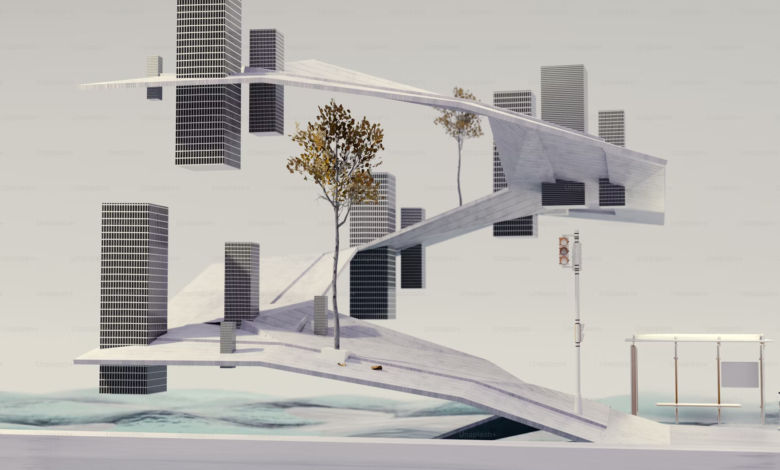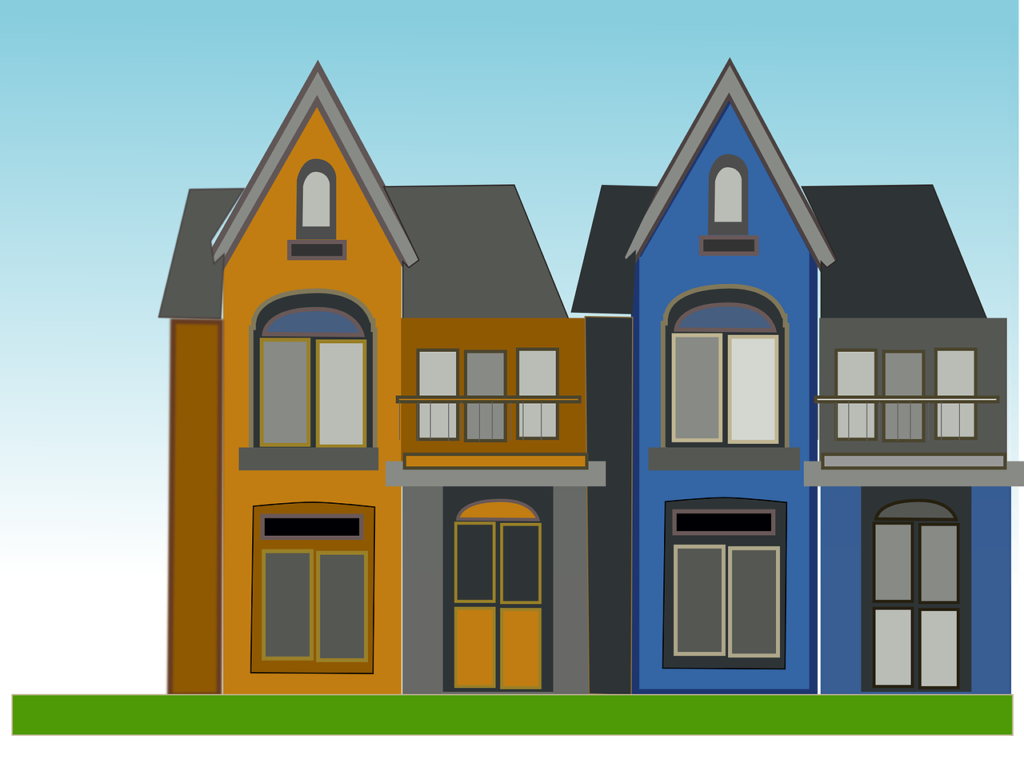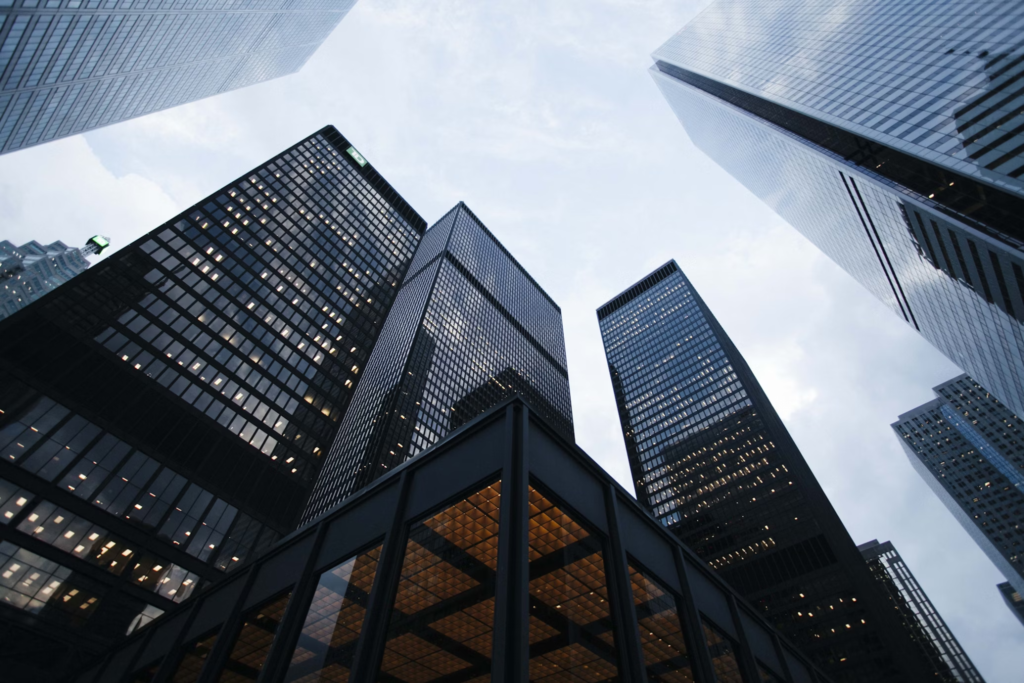Bringing Blueprints to Life: The Role of Animation in Modern Construction

Hey there, fellow construction enthusiasts! Have you ever wondered how those mind-blowing architectural designs come to life before a single brick is laid? Well, buckle up because we’re about to dive into the exciting world of architectural 3D animation and how it’s revolutionizing how we build our world. Gone are the days of flat blueprints and static models – today’s construction industry is riding the wave of cutting-edge animation technology, bringing projects to life in ways we never thought possible. So, why is this such a big deal? Let’s embark on this journey together and discover how animation becomes the secret sauce in modern construction!
The Evolution of Animation in Architecture and Construction
Picture this: it’s the 1980s, and architects are hunched over drafting tables, meticulously drawing lines and curves to represent their visions. Fast forward to today, and you’ll find a completely different scene. The journey from pen-and-paper to pixels has been nothing short of extraordinary!
In the early days, presenting architectural designs was like showing a photo album – static images, 2D drawings, and, if you were lucky, a physical scale model. But let’s be honest, it took a lot of imagination to envision the final product. Then came computer-aided design (CAD), which was like giving architects a digital pencil. It was cool but still pretty flat.
The real game-changer? The rise of 3D modeling and animation. Suddenly, those flat drawings could be transformed into immersive, lifelike experiences. It was like going from watching silent films to stepping into a blockbuster movie! This shift didn’t just make things prettier – it completely transformed how architects, builders, and clients communicate and collaborate.
See also: Enhancing Brand Impact: The Power of 3D Advertisement
Types of Animation Used in Modern Construction
Now, let’s get into the nitty-gritty of the animation tools that are making waves in the construction world. Trust me, these aren’t your average Saturday morning cartoons!
- 3D Rendering is the digital equivalent of a hyper-realistic painting. It creates still images that are so lifelike that you might think you’re looking at a photograph of a finished building.
- Walkthrough Animations: Imagine strapping on a pair of virtual shoes and strolling through a building that doesn’t exist yet. That’s the magic of walkthrough animations!
- Flythrough Animations are like walkthroughs but with wings! They give a bird’ s-eye view of the entire project, perfect for showcasing large-scale developments.
- Virtual Reality (VR): Put on a headset, and suddenly, you’re standing in the middle of your future home or office. It’s like teleportation, minus the sci-fi side effects!
- Augmented Reality (AR): This clever tech overlays digital elements onto the real world. Imagine pointing your phone at an empty lot and seeing a full 3D model of the proposed building right there on your screen.
These architectural animation services aren’t just cool party tricks – they’re revolutionizing how we approach design and construction. Each type serves a unique purpose, helping bring a project’s different aspects to life.

Benefits of Using Animation in Construction Projects
Now, you might think, “Sure, this all sounds fancy, but what’s the real payoff?” Hold onto your hard hats because the benefits are pretty impressive!
First, let’s talk about communication. Have you ever tried explaining your vision for a room layout and felt like you were speaking a foreign language? With animation, you can show instead of tell. It’s like having a universal translator for architectural ideas!
Then there’s the visualization aspect. Architectural 3D animation services allow everyone involved—from the head honcho to the newest intern—to see the project in stunning detail before a single foundation is poured. It’s like having a crystal ball, but way more reliable!
Error reduction is another huge plus. By spotting potential issues in the virtual world, we can fix them before they become costly real-world problems. It’s like having a construction time machine – we can see and solve future issues today!
Let’s not forget about collaboration. With these animated models, teams can collaborate seamlessly, even if they’re continents apart. It’s like having a digital meeting room where everyone can point, prod, and perfect the design in real time.
Animation in Client Presentations
Picture this: You’re a client, and an architect is pitching their design for your dream home. In scenario A, they show you a bunch of blueprints and 2D sketches. In scenario B, they hand you a VR headset, and suddenly you’re standing in your future living room, watching the sunset through the giant windows you didn’t even know you wanted. Which presentation would knock your socks off?
That’s the power of animation in client presentations. It’s not just about showing; it’s about experiencing. These 3D architectural animation services are turning presentations from monologues into dialogues. Clients can ask for changes on the spot and see them implemented in real-time. “What if we moved this wall?” Boom! It’s done, and you can walk around the new layout instantly.
This visual impact isn’t just about the “wow factor” (although it’s pretty wow-worthy). It’s about clarity. Complex architectural concepts become crystal clear when you can see them from every angle. It’s like the difference between reading about a rollercoaster and actually riding one – you get it on a whole different level.
And here’s the kicker—these animations are super customizable. Presenting to a tech-savvy millennial? Throw in some interactive elements. Pitching to a more traditional client? Tone it down and focus on the classic architectural elements. It’s like having a Swiss Army knife of presentation tools!
Future Trends: The Role of AI and Automation in Construction Animation
Hold onto your hard hats, folks, because the future of construction animation looks like something straight out of a sci-fi movie – in the best possible way!
Artificial Intelligence (AI) is becoming the next big thing in this field. Imagine an AI that can generate multiple design options based on your specifications in seconds. It’s like having a thousand architects brainstorming for you, minus the coffee breaks!
Automation is another game-changer on the horizon. Software that can automatically update all design aspects when you make a single change can be very useful. For example, move a wall, and the lighting, electrical, and plumbing plans will adjust themselves instantly. It’s like having a super-smart assistant who never sleeps!
But here’s where it gets fascinating – real-time data integration. Picture this: your animated model isn’t just a pretty picture; it’s a living, breathing representation of your project. It could factor in real-time weather data to show how your building would look and perform in different conditions. Or it could simulate foot traffic based on current urban planning data. The possibilities are mind-boggling!
And let’s remember machine learning. As these systems handle more projects, they’ll get more innovative, learning to anticipate common issues and suggest solutions before we even realize there’s a problem. It’s like having a crystal ball and a genius architect rolled into one!

The future of architectural 3D animation isn’t just about making things look pretty (although it’ll do that, too). It’s about creating smarter, more efficient, and more sustainable designs. We’re talking about a future where buildings are not just constructed but born in a digital world, refined by AI, and perfected before the first brick is laid.
Conclusion
Whew! What a journey we’ve been on, exploring the incredible world of animation in modern construction. From the early days of pencil sketches to the mind-blowing VR experiences of today, we’ve seen how animation has transformed from an excellent add-on to an absolute game-changer in the industry.
Let’s recap the highlights, shall we? We’ve seen how animation brings blueprints to life, making complex designs accessible to everyone involved. We’ve explored the various types of animations, from simple 3D renderings to immersive VR experiences. We’ve discovered the numerous benefits, from improved communication and error reduction to enhanced collaboration and client satisfaction.
But here’s the kicker – we’re just at the beginning of this animation revolution. With AI and automation on the horizon, the future of construction animation looks brighter than ever. It’s not just changing how we design and build; it’s reshaping how we think about architecture and construction.
So, the next time you see a stunning new building or a revolutionary design, remember – chances are, it was born and perfected in the digital world long before it became a reality. Animation isn’t just bringing blueprints to life; it’s breathing new life into the entire construction industry. And trust me, this show is just getting started!




